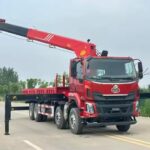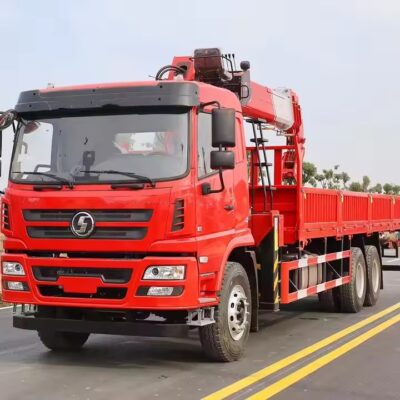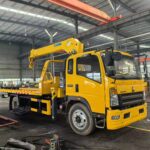Bridges are the silent giants of transportation infrastructure, spanning rivers, valleys, and highways with an unyielding grace. These structures serve as vital conduits for commerce and connectivity, but like all man-made creations, they require meticulous care and maintenance to ensure their longevity and safety. Among the most critical aspects of bridge maintenance is inspection, a task that demands both precision and safety. In recent years, advancements in technology have revolutionized bridge inspection practices, offering innovative solutions to enhance both safety and performance. At the forefront of this revolution are bridge inspection platforms, which have emerged as indispensable tools for engineers and inspectors worldwide.
Bridge inspection platforms, often referred to as bridge inspection vehicles (BIVs) or aerial inspection drones, are specialized equipment designed to facilitate thorough and efficient assessment of bridge structures. These platforms come in various forms, ranging from traditional bucket trucks to state-of-the-art unmanned aerial vehicles (UAVs) equipped with advanced sensors and imaging capabilities. Regardless of their design, the primary objective of these platforms remains consistent: to provide inspectors with safe and accessible means of evaluating bridge conditions.
One of the most significant advantages offered by bridge inspection platforms is improved safety for inspection personnel. Traditional methods of bridge inspection often involve placing inspectors in precarious positions, such as dangling from ropes or scaling structures on foot. These methods not only expose inspectors to potential hazards but also limit their ability to access hard-to-reach areas safely. Bridge inspection platforms mitigate these risks by providing secure platforms from which inspectors can perform their duties. Whether it’s a hydraulic lift extending beneath the bridge deck or a drone hovering above, these platforms offer a stable vantage point for thorough examination without compromising safety.
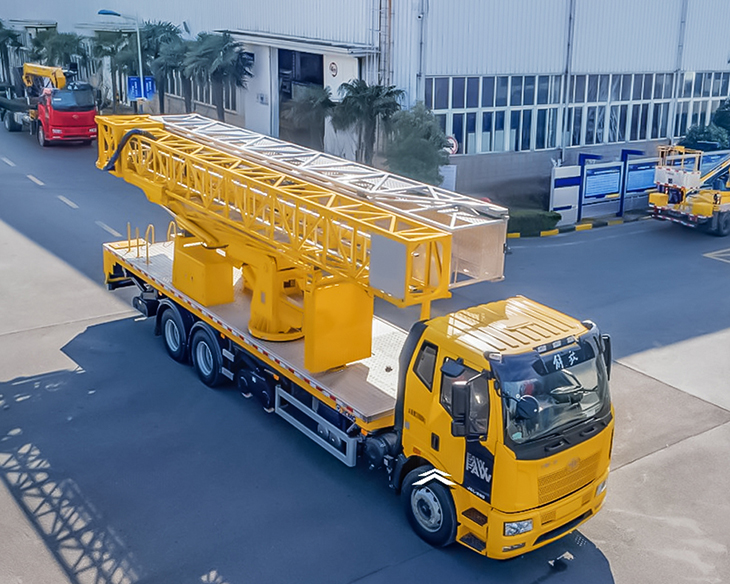
Furthermore, bridge inspection platforms enhance the efficiency and accuracy of inspections. Equipped with high-resolution cameras, LiDAR scanners, and other advanced sensors, these platforms enable inspectors to capture detailed imagery and data from every angle of the bridge structure. This wealth of information allows inspectors to identify defects, deterioration, and other potential issues with greater precision, facilitating more informed decision-making regarding maintenance and repair strategies. 'Nehe, the ability of some platforms to integrate with digital modeling software further streamlines the inspection process, enabling inspectors to visualize structural conditions in 3D and analyze data more effectively.
In recent years, the advent of unmanned aerial vehicles (UAVs) has revolutionized the field of bridge inspection. These drones, equipped with cameras, LiDAR, and infrared sensors, can access areas of bridges that are difficult or hazardous for human inspectors to reach. By flying close to the structure, drones can capture detailed imagery and data with unparalleled accuracy, providing insights into the condition of the bridge deck, support structures, and other critical components. Adicionalmente, UAVs offer significant cost savings compared to traditional inspection methods, as they require fewer personnel and less equipment to conduct inspections.
Despite their numerous benefits, the adoption of bridge inspection platforms also presents challenges and considerations. Chief among these is the need for specialized training and certification for personnel operating these platforms. Whether piloting a drone or maneuvering a bucket truck, inspectors must possess the requisite skills and knowledge to operate the equipment safely and effectively. 'Nehe, there are regulatory and logistical considerations that must be addressed, such as obtaining permits for drone operations and ensuring compliance with airspace regulations. As such, the successful integration of bridge inspection platforms into existing inspection protocols requires careful planning, training, and coordination among stakeholders.
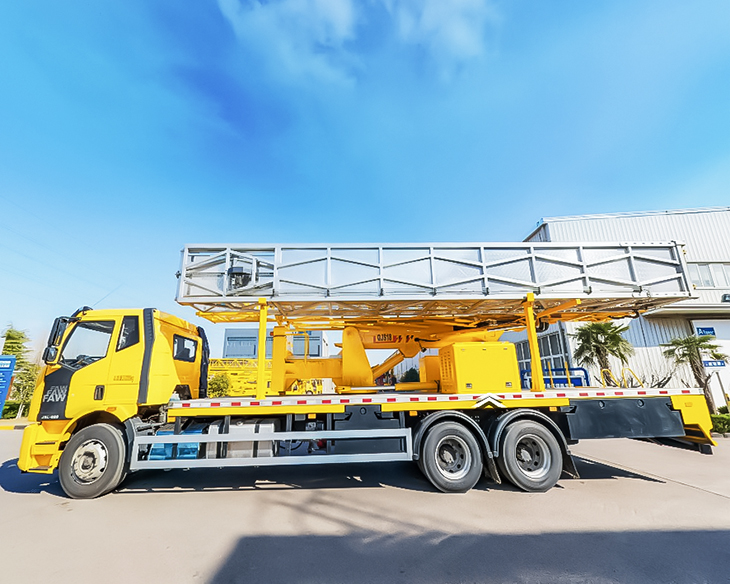
Another consideration in the use of bridge inspection platforms is the integration of data into existing infrastructure management systems. The wealth of information gathered during inspections, including imagery, sensor data, and structural assessments, must be effectively managed and utilized to inform maintenance decisions. This requires robust data management systems capable of storing, analyzing, and visualizing large volumes of data in a format that is accessible to engineers, inspectors, and other stakeholders. By leveraging technology such as cloud computing and data analytics, agencies can optimize the use of inspection data to prioritize maintenance activities, allocate resources efficiently, and ensure the long-term safety and performance of bridge assets.
Looking ahead, the future of bridge inspection platforms holds promise for further innovation and advancement. Emerging technologies such as artificial intelligence (AI) and machine learning have the potential to revolutionize the way bridge inspections are conducted. By automating the analysis of inspection data and identifying patterns indicative of structural defects or deterioration, AI-powered systems can augment the capabilities of inspectors and enhance the accuracy of inspections. 'Nehe, ongoing developments in sensor technology, robotics, and unmanned systems are likely to yield new generations of inspection platforms that are more agile, versatile, and capable of addressing the evolving needs of bridge infrastructure management.
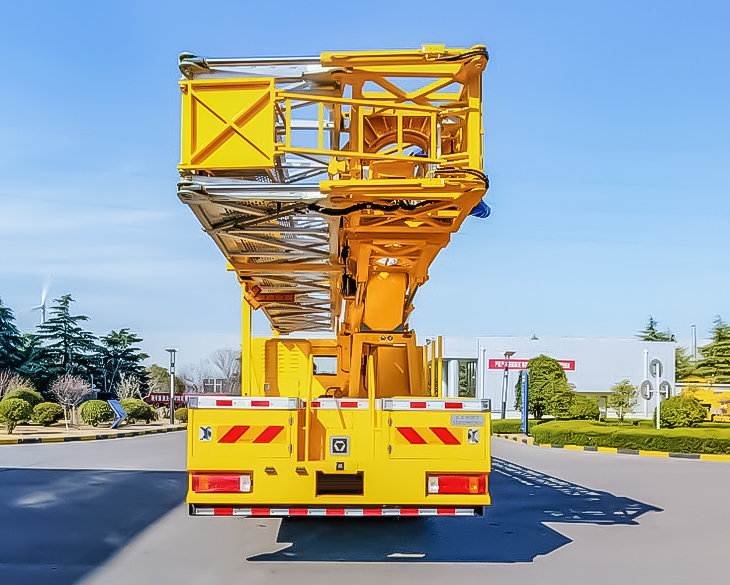
In conclusion, bridge inspection platforms represent a transformative advancement in the field of bridge maintenance and management. By providing safe, efficient, and precise means of assessing bridge conditions, these platforms enhance both safety and performance while optimizing resource allocation and decision-making. However, successful integration of these platforms requires careful planning, training, and coordination among stakeholders. With continued innovation and investment, bridge inspection platforms have the potential to revolutionize the way we inspect, maintain, and manage bridge infrastructure, ensuring its safety and longevity for generations to come.


